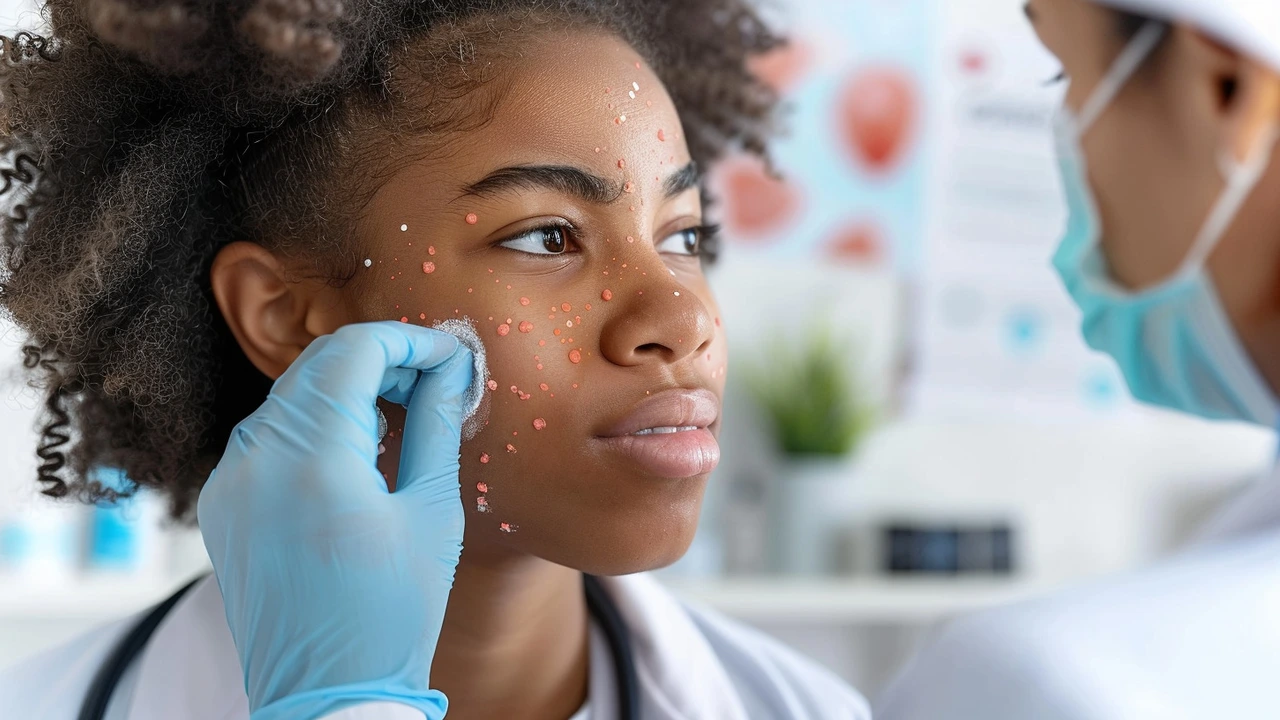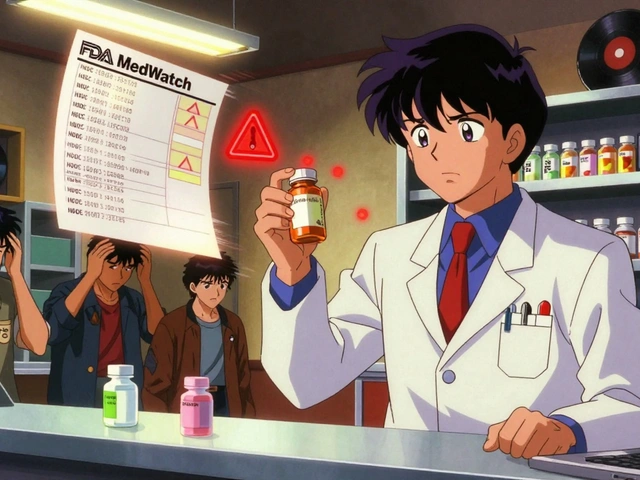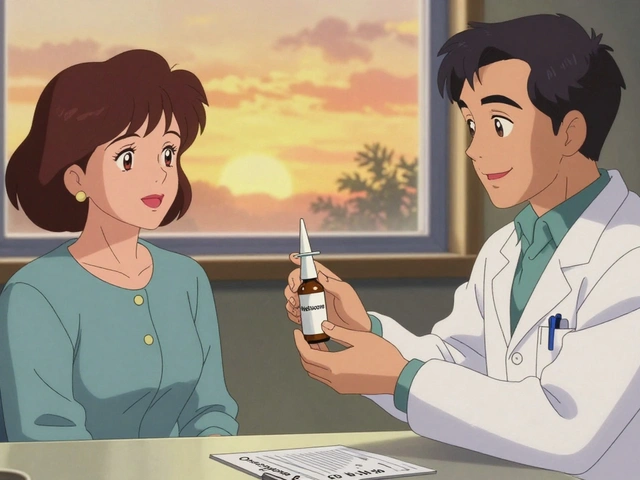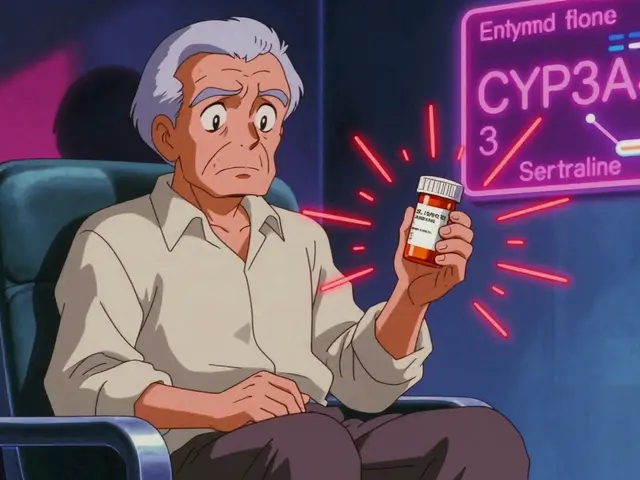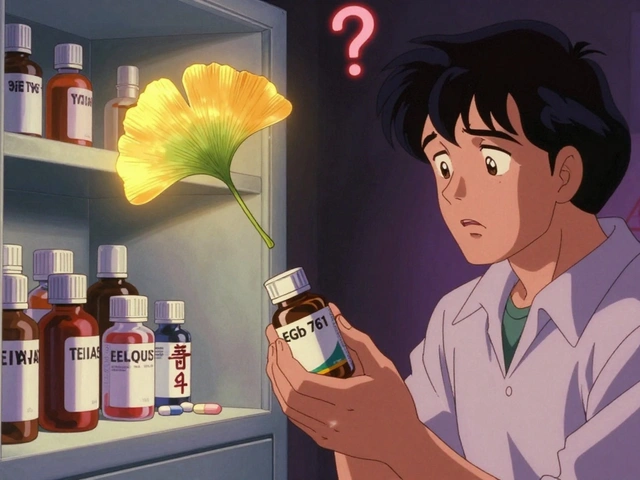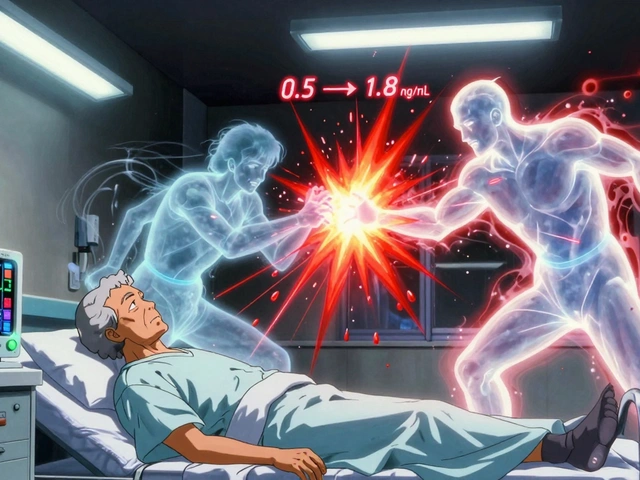Folliculitis — Causes, Treatment, and Practical Prevention
Folliculitis is an inflammation of one or more hair follicles that looks like small red bumps or white-headed pimples around hair. It can be itchy, sore, or mildly painful. Most cases are mild and clear up with simple care at home.
What causes folliculitis?
The usual suspect is Staphylococcus bacteria that infect a follicle after a small cut or friction. Fungal infections, especially in warm humid areas, can cause folliculitis too. Blocked follicles from heavy lotions, sweat, or oil sometimes flare into inflammation. Shaving, tight clothing, hot tubs with poor sanitation, and certain skin conditions raise the risk. People with diabetes, weakened immunity, or chronic skin problems may get worse or recurrent episodes.
How to treat folliculitis at home
Start with warm compresses for 10–15 minutes, two to four times a day. Heat helps drain the lesion and reduces pain. Gently wash the area with a mild antibacterial soap and pat dry. Avoid squeezing or picking; that spreads infection and causes scarring. Stop shaving or use a new single-blade razor until the skin heals. Over-the-counter topical antiseptics like chlorhexidine or benzoyl peroxide can speed recovery for mild cases.
If bumps are small and limited, a topical antibiotic cream or ointment (mupirocin or fusidic acid where available) applied for a few days often clears the infection. For fungal folliculitis, an antifungal cream or shampoo (ketoconazole) helps. Follow product instructions and avoid mixing multiple strong products without advice.
See a doctor if the infection is large, painful, spreading, forming many boils, or if you get fever. Your provider may drain a big abscess safely and prescribe an oral antibiotic or antifungal. Recurrent folliculitis may need culture tests to find the exact germ and a longer treatment course. A dermatologist can suggest laser hair removal or other long-term strategies for persistent cases.
Simple prevention works well. Use clean shaving gear and shave in the direction of hair growth. Wear loose breathable clothes when you sweat. Rinse off after swimming in pools or hot tubs, and avoid hot tubs that look poorly maintained. Use lightweight lotions that don’t clog pores, and wash workout clothes after each use.
If you have diabetes, HIV, or take steroids, tell your provider early when skin infections appear. Persistent or unusual infections need medical attention. With the right care and a few routine habits, most people clear folliculitis quickly and avoid repeat episodes.
Hot tub folliculitis is caused by Pseudomonas and shows up as itchy red spots after bathing in poorly cleaned pools or spas; it often clears in a week but can need antibiotics if it spreads. Avoid sharing towels, razors, or clothing during an outbreak to stop passing germs. If you shave, try trimming with an electric trimmer rather than close wet shaving to reduce cuts. Steroid creams can reduce inflammation but may worsen infection if used without antibiotics, so don’t self-prescribe them for infected bumps. If oral antibiotics are prescribed, finish the whole course even when lesions improve. Keeping simple habits prevents most recurrences and scarring.
